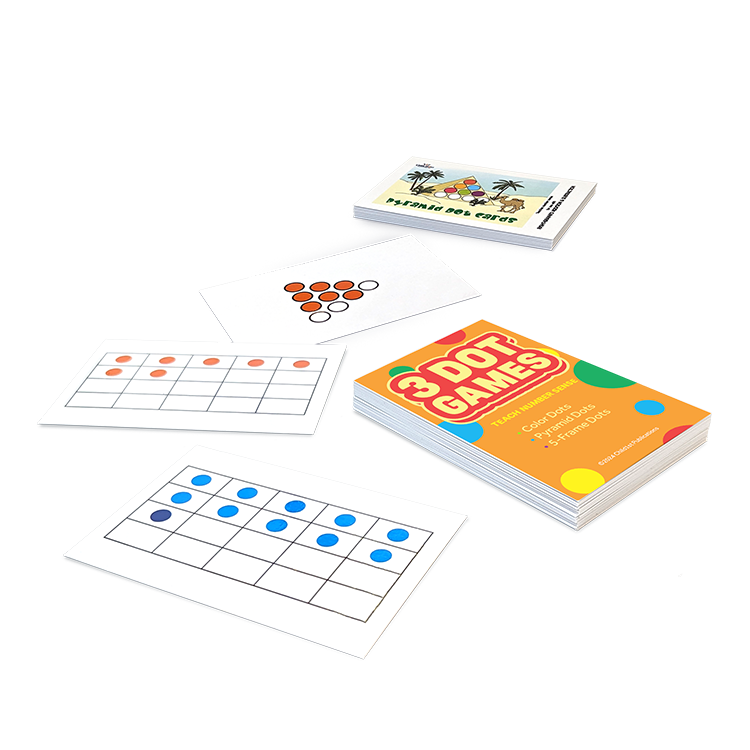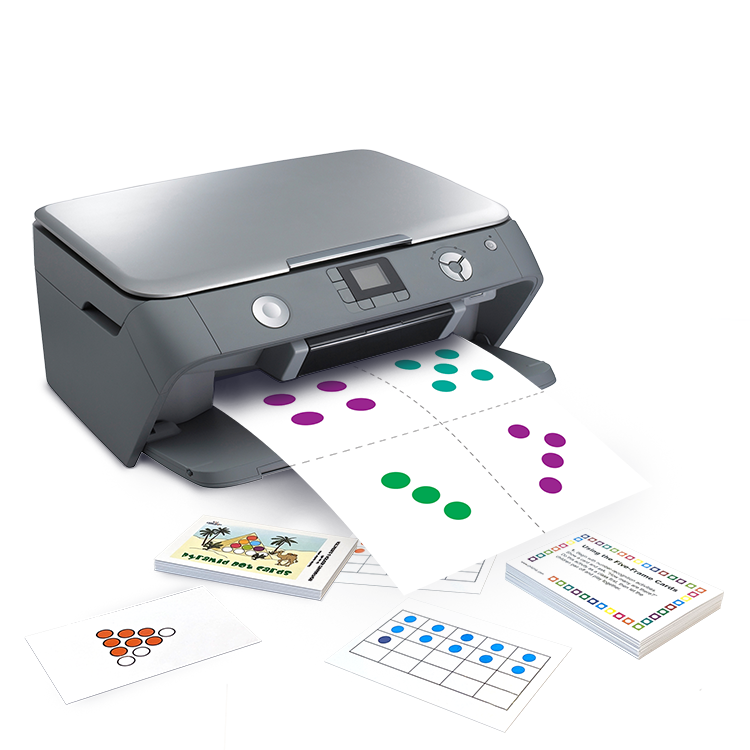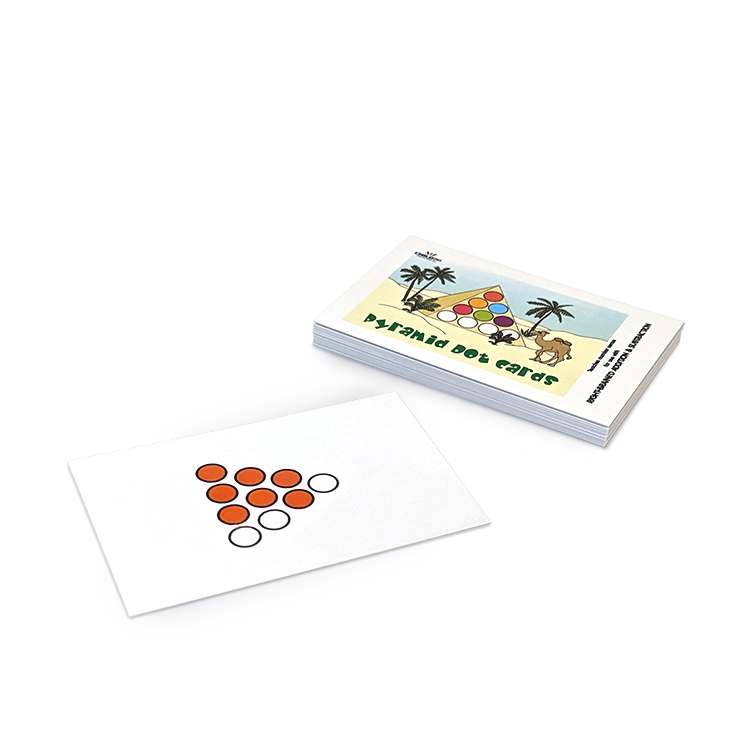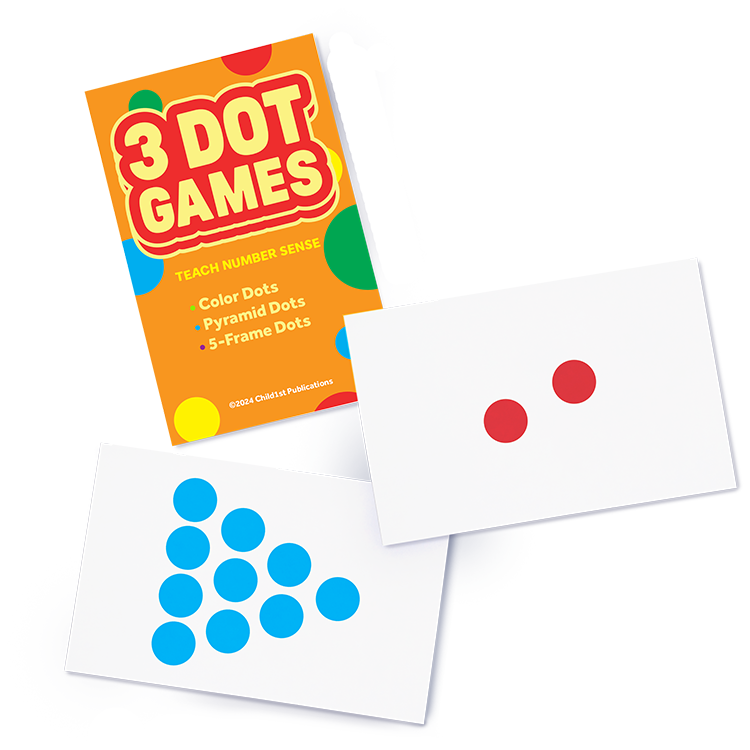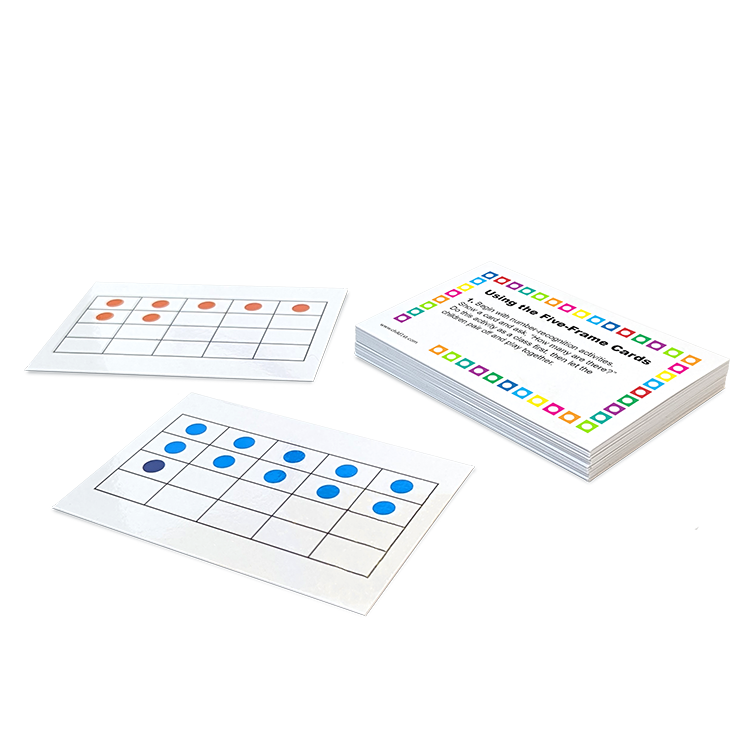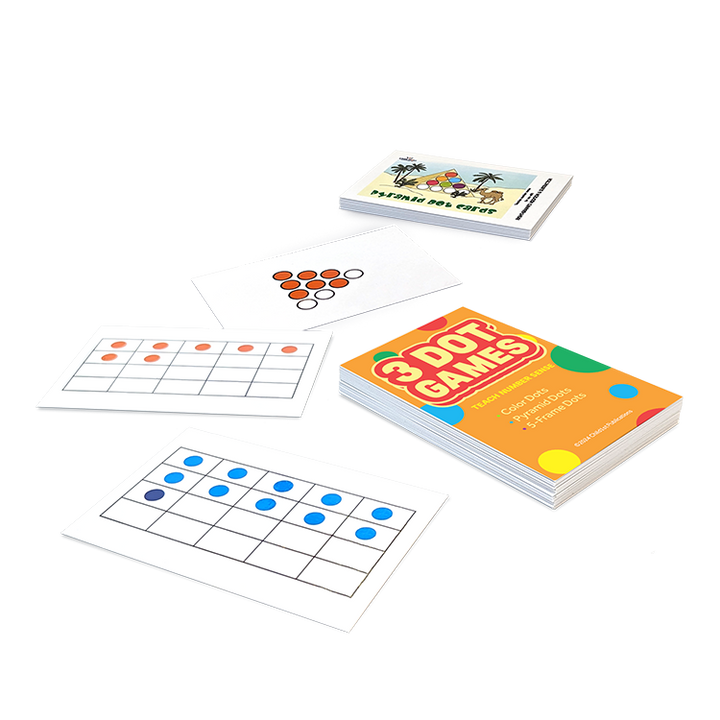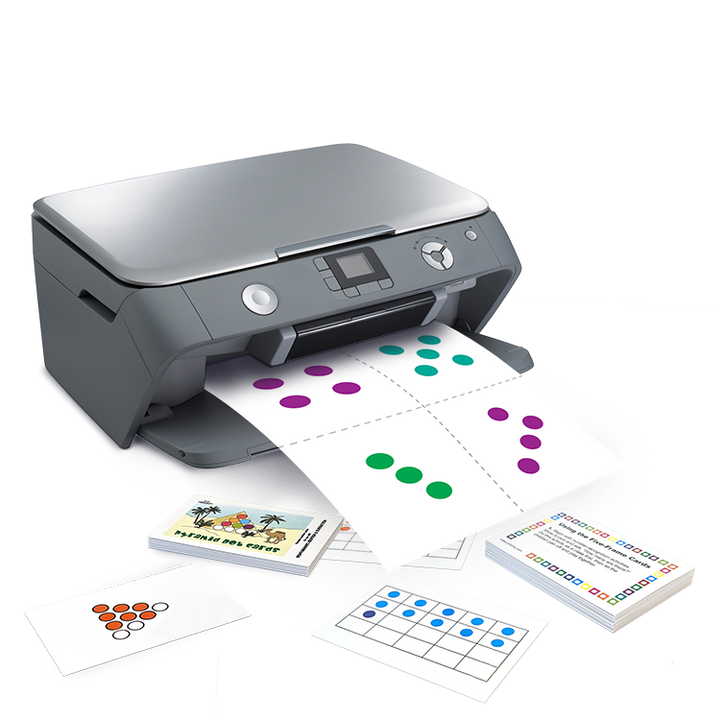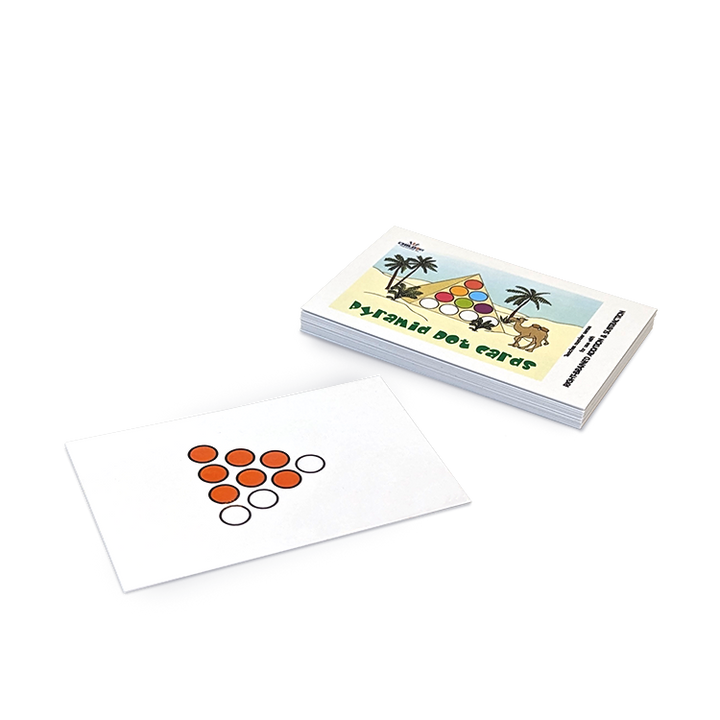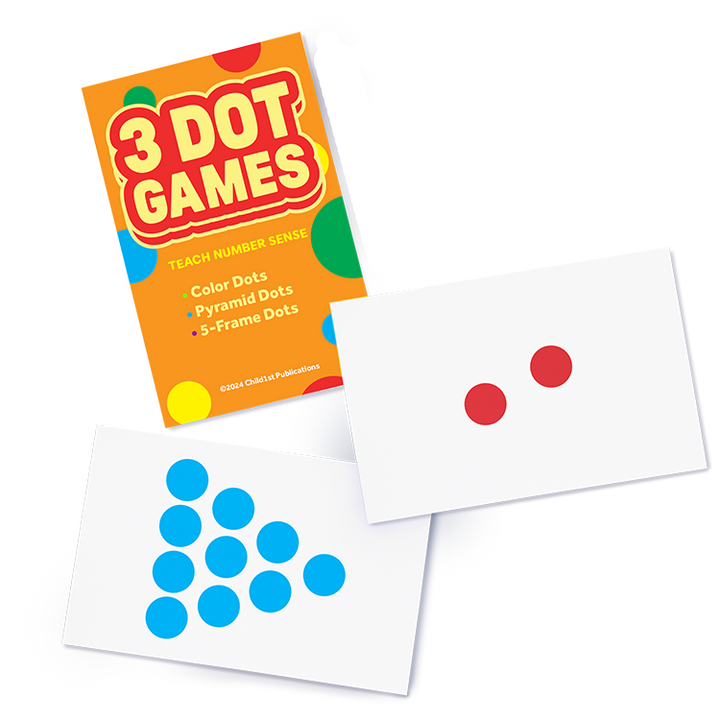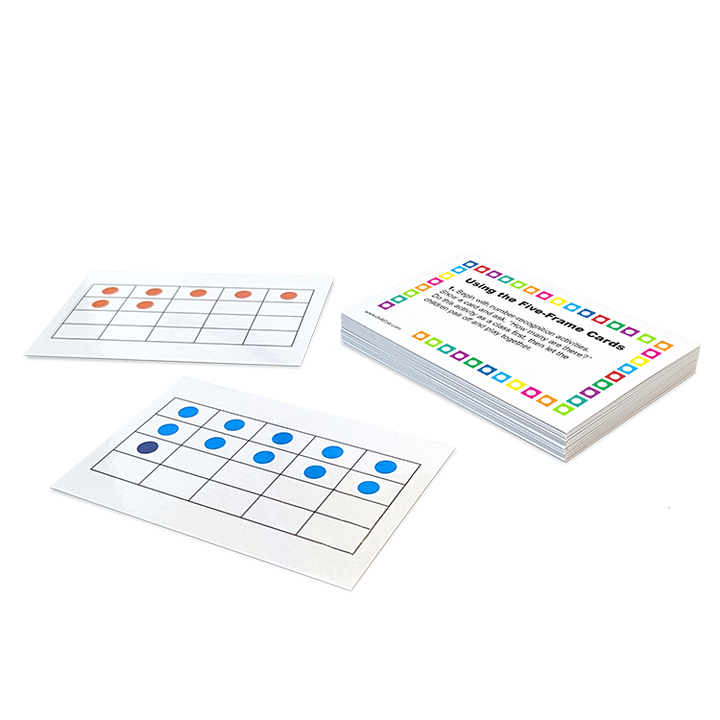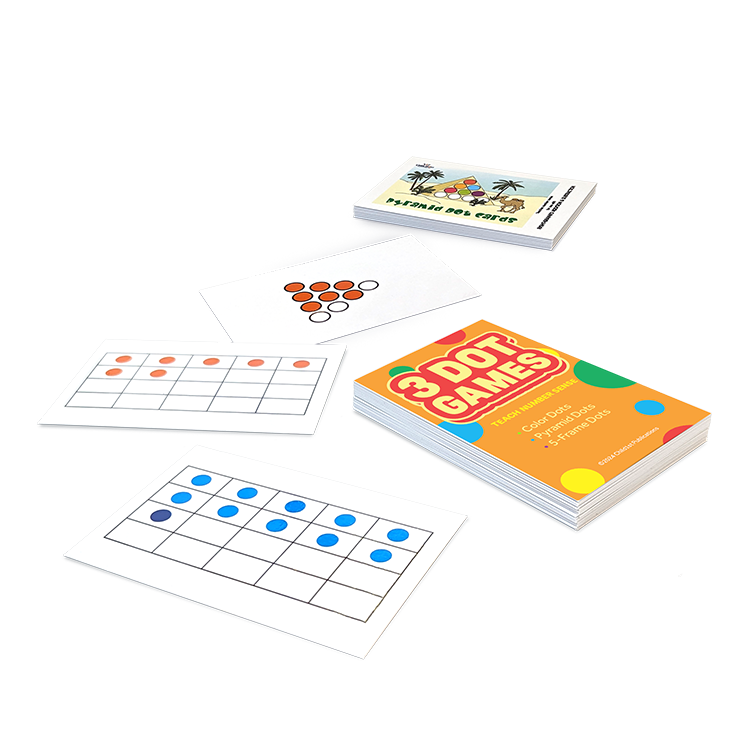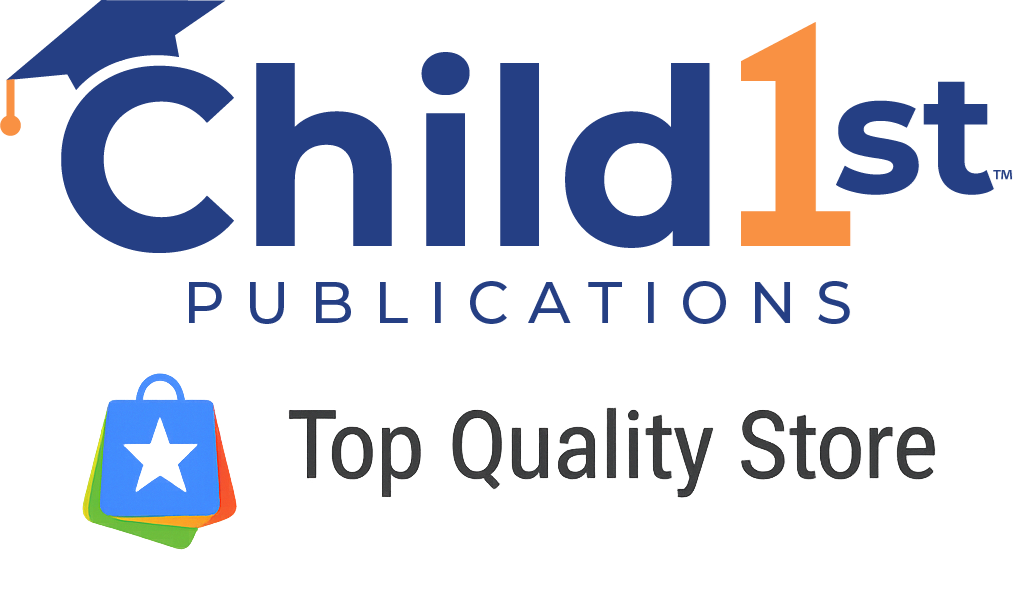Dot Cards offer a versatile tool for visual math learning, categorized into Color Dots, Pyramid Dots, and 5-Frame Dots.
With Color Dots, children develop a strong visual image for each number, replacing the need for rote memorization. These cards can be used for flashcards or engaging games like Bingo and War.
In Pyramid Dots War, children label each card based on the number of colored and outlined dots, reinforcing number relationships and addition skills. "How many" games prompt children to identify colored dots and determine the remaining dots to make ten, promoting quick mental math.
5-Frame Dots support number recognition and anchor number concepts, connecting numbers to multiples of five and enhancing visual understanding.
Through interactive play and visuals, Dot Cards make math learning enjoyable and effective, fostering a love for learning in children.
What’s Included
· 60 full color Dot Cards with two-sided lamination for extra durability



